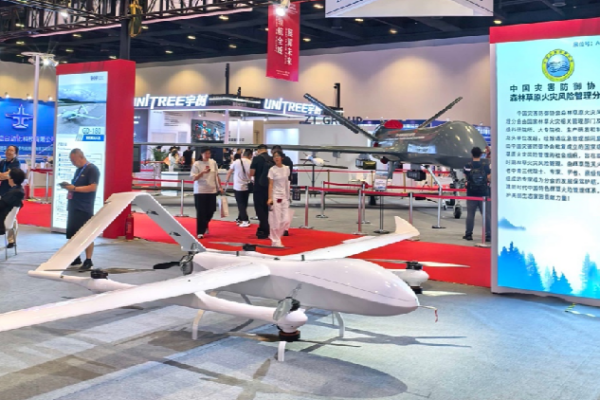China is gearing up for a transport revolution, setting its sights on artificial intelligence (AI) and low-altitude transportation to redefine mobility by 2025. The Ministry of Transport (MOT) announced that developing standards for these sectors is a top priority, aiming to accelerate the integration of road and air travel and build intelligent transport systems.
The MOT’s directive came during a meeting where they approved a plan to enhance transport industry standards between 2024 and 2027. This move is part of a national pilot program to promote intelligent transport, making the country’s transit systems smarter and more digitalized.
A key focus is the development of the low-altitude economy, which involves economic activities in airspace below 1,000 meters. This space is bustling with manned and unmanned aerial vehicles, especially drones, used for delivery, surveying, inspection, and transportation services.
In recent years, drones have become pivotal in China’s logistics network, particularly for short-haul and urban deliveries. In 2024 alone, about 2.7 million parcels were delivered by drones across the country, according to MOT data.
The low-altitude logistics market is soaring. It expanded from 27.18 billion yuan (approximately $3.8 billion) in 2020 to 58.18 billion yuan in 2023, as reported by the Linksum Institute of Digital Industry. Projections by the Civil Aviation Administration of China suggest the market could reach 150 billion yuan by 2025.
This push towards AI and drone technology is part of China’s broader strategy to boost the low-altitude economy as a new engine for growth. Key milestones include its designation as a strategic emerging industry in December 2023 and its inclusion in the State Council’s government work report in March 2024. The focus on developing general aviation and the low-altitude economy was further emphasized during the Third Plenary Session of the 20th Central Committee of the Communist Party of China in July 2024.
To coordinate these efforts, China established the Low-Altitude Economy Development Department in December last year, signaling a comprehensive commitment to advancing this sector.
Infrastructure development is keeping pace with technological ambitions. By the end of 2023, China had built 449 general aviation airports and 32 flight service stations. Cutting-edge technologies like 5G-A and AI are being widely applied in supporting infrastructure for the low-altitude economy.
Looking ahead, the Civil Aviation Administration of China predicts that the low-altitude economy could surpass 1.5 trillion yuan by 2025 and exceed 3.5 trillion yuan by 2035.
China’s focus on AI and drone technology not only promises to revolutionize its transport industry but also positions the country at the forefront of intelligent transportation development globally.
Reference(s):
China prioritizes AI, low-altitude transport standards for 2025
cgtn.com








